If you have clicked on this blog, you probably know why push notifications are essential. So we won’t bore you with information and stats like how push notifications have proven to have a whopping 7X click-through rate, according to a 2019 study. If you want more information on them, you can click right here.
One thing to consider with this helpful tool is the possibility of your customers not receiving push notifications. A decrease in revenue and repeat purchases (among other things) results from your push notifications going undelivered.
(Don’t worry, we also have a list of things you can do to boost your strategy at the end).
Why are your customers not receiving push notifications?
Often scheduled automated push notification fails to reach your customers. It could be because of the usage of different OEMs (Original Equipment Manufacturers), opt-out rates, OEM/OS-related reasons, and GCM/FCM-related reasons.
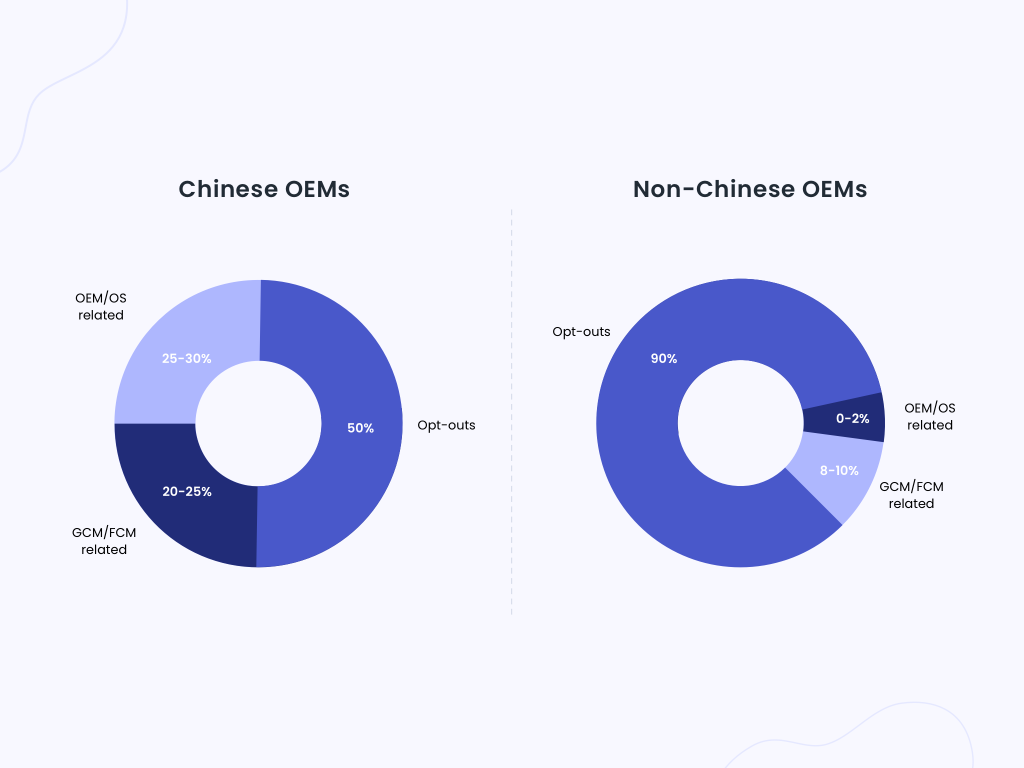
It sounds like a lot of jargon. We hate it too. Allow us to break it down.
What does it mean when a potential customer has opted out?
The most significant contributor is users opting out of receiving push notifications. All apps on iOS require the customer to grant permission to receive push notifications.
This comes with a high average opt-out rate of 55% on iOS. The average opt-out rate on Android is 40%. Users have complete control over push notifications and can quickly turn them on or off for any app.
The opt-out rate also differs from industry to industry. For example, the opt-out rate for messaging apps compared to shopping apps is lower.
What does failed delivery due to OEM-related reasons mean?
Mobile OEMs provide aggressive battery optimization, which leads to a decline in the rate of push notification deliveries. A phone often restricts background processes. And this has a direct impact on push notification delivery.
Chinese OEMs are well-known for adapting modifications to enhance battery life. Chinese device users miss critical notifications such as product offers, and alarm clock notifications, among other things.
For quite a while, users have complained about not receiving notifications on Huawei devices** running EMUI and Xiaomi phones running MIUI5. This is because OEMs typically optimize batteries using some form of frequency algorithm, which we consider adaptive.
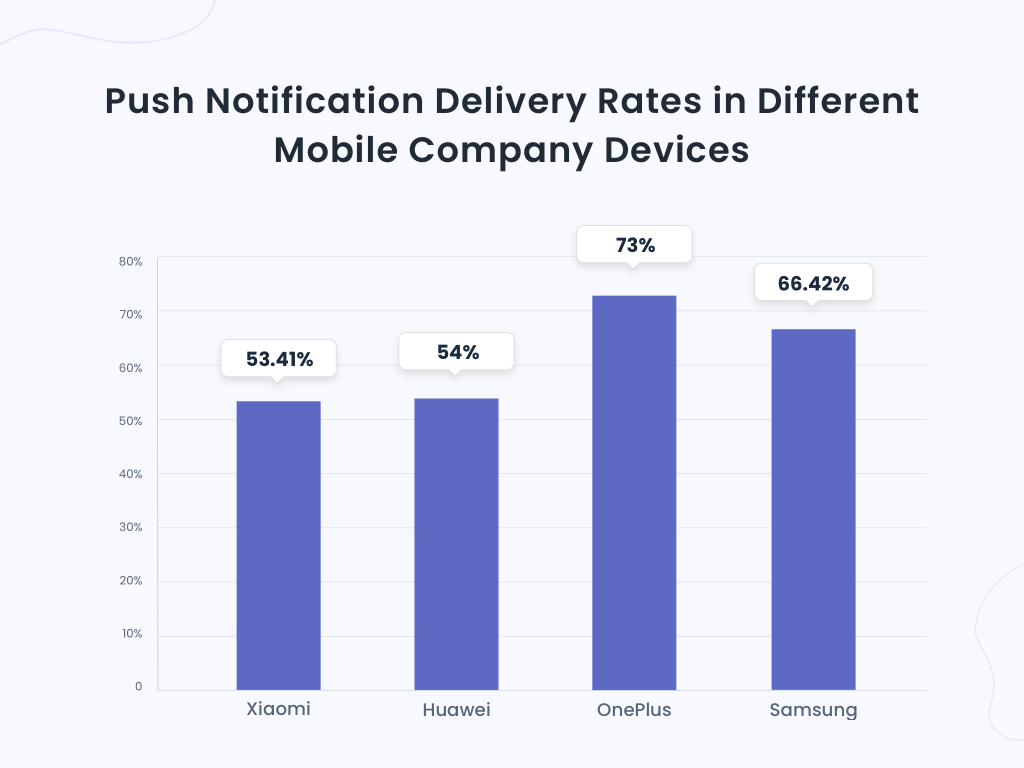
Furthermore, third-party battery management apps Force Stop’ and other apps extend battery life. Most apps, especially the ones used infrequently, are the ones that suffer. This leads to undelivered push notifications.
There is also a strong relationship between the timeliness of app launches and push notification delivery rates.
What do connectivity issues with GCM/FCM mean?
Google Cloud Messaging (GCM) or Firebase Cloud Messaging (FCM) is used to deliver push notifications on Android. The GCM retains an idle socket connection open between the Android device and Google servers. This connection allows push notifications to appear on the user’s device.
Nearly 15% of users miss out on timely notifications because they are not connected to GCM.
The link between GCM and the server can be obstructed due to the following:
- Time to Live Expired: GCM cannot deliver push notifications when a user is offline, i.e., their internet is disconnected. These push notifications are only given if the connection is restored within the Time to Live. It is an expiry date on the delivery of push notifications.
- Delay in Uninstalled App Token Deletion: When you uninstall an app, the registration process requires some time. Messages sent during this process will receive a valid message ID even if they are not delivered to the app.
Is there a correlation between app usage and push notification delivery?
Studies have suggested that a user’s app activity directly impacts push notifications’ reachability. The fewer users engage with the app, the lower their chances of receiving push notifications.
“Brands fail to reach 56% of customers when the customers’ last activity on the app was over a week ago.”
Encouraging customers to return to your app doesn’t need to be as tricky as it sounds. A well-rounded strategy that considers your customers’ history and persona is all you need to retarget lost customers.
How can you improve your push notification game?
A straightforward way is to work on your push notification strategy. And, as promised, here are some ways to do that:
- Roll out personalized notifications: Notifications that directly appeal to your audiences would encourage them to click on them. Some examples are recommendations based on their app usage, abandoned cart notifications, and details/updates about out-of-stock items.
- Geo-target your notifications: Location-based notifications drive more conversions because they are relevant to your customer’s location.
- Use and experiment with CTAs: A call-to-action is the most emphasized in all marketing mediums, and push notifications are no different. A well-put CTA directs your customers about the steps to take within your app.
But that’s not all!
There are strategies you can adopt to retarget the customers that have failed to receive your notifications.
- Push Amplifications: This helps you tackle OEM-related issues. It creates an alternate mechanism to connect with devices missed with your notifications strategy. In other words, it acts as a backup by assigning a personal ID number to each device and delivering the notifications directly to users. This helps improve delivery rates by close to 25% for Android devices.
- Use a Fallback Channel: You can retarget customers who have opted out of receiving notifications by establishing your app’s inbox as a fallback channel. Messages sent through the app inbox have a longer life.
Want us to strategize your notification campaigns? Book a Demo with us to talk to a mobile commerce expert today.

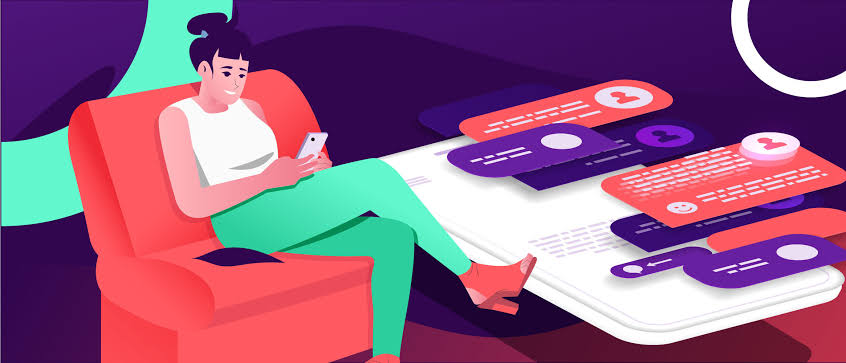
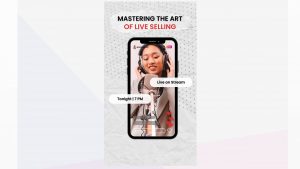
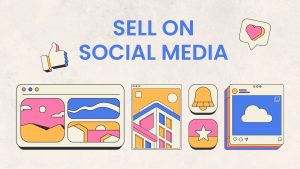
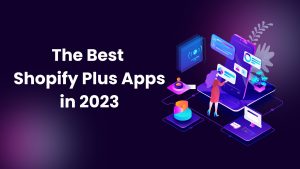
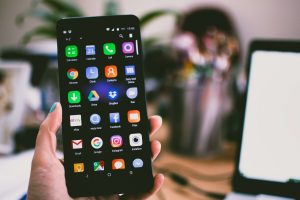
Share Your Views!